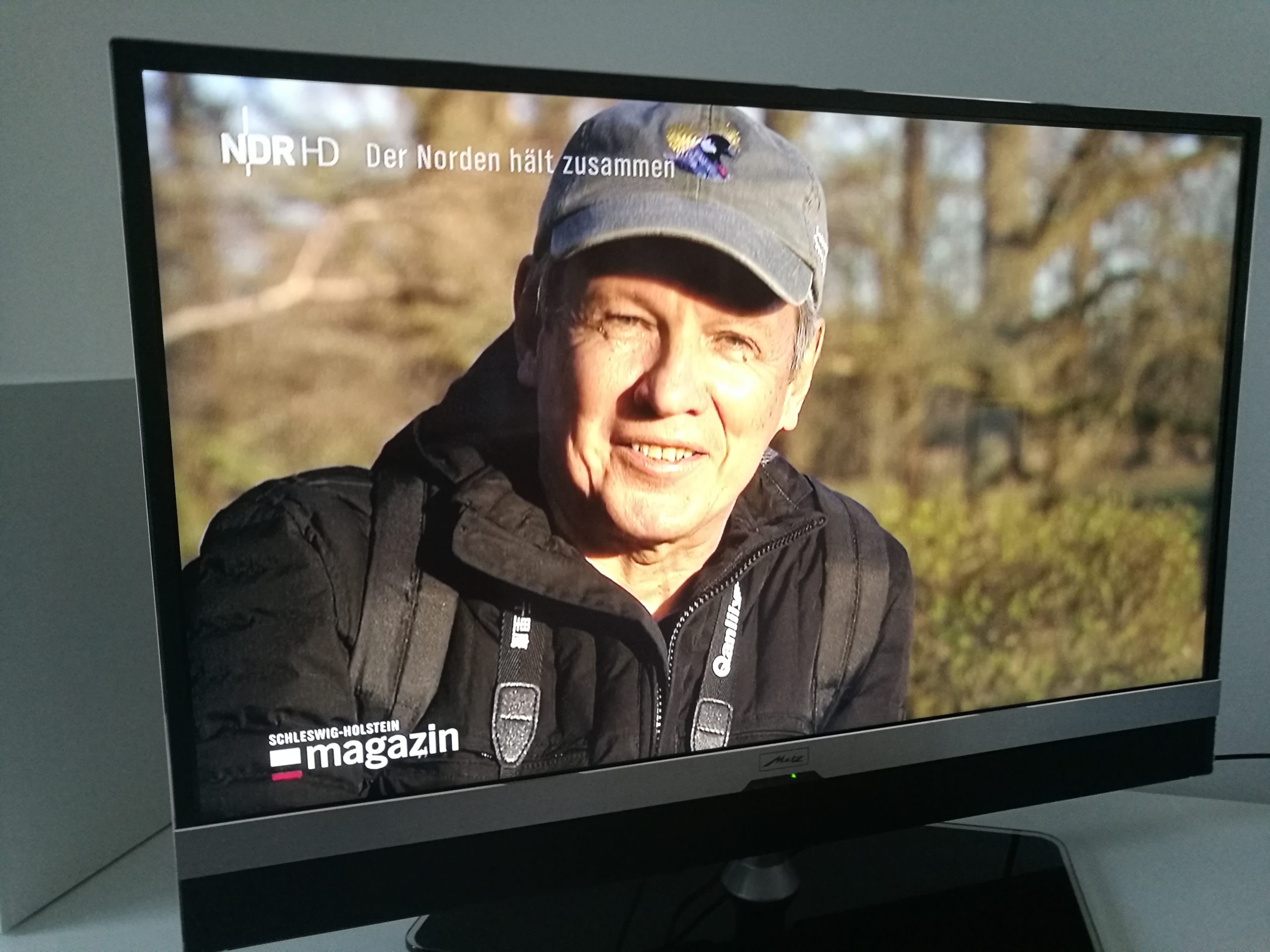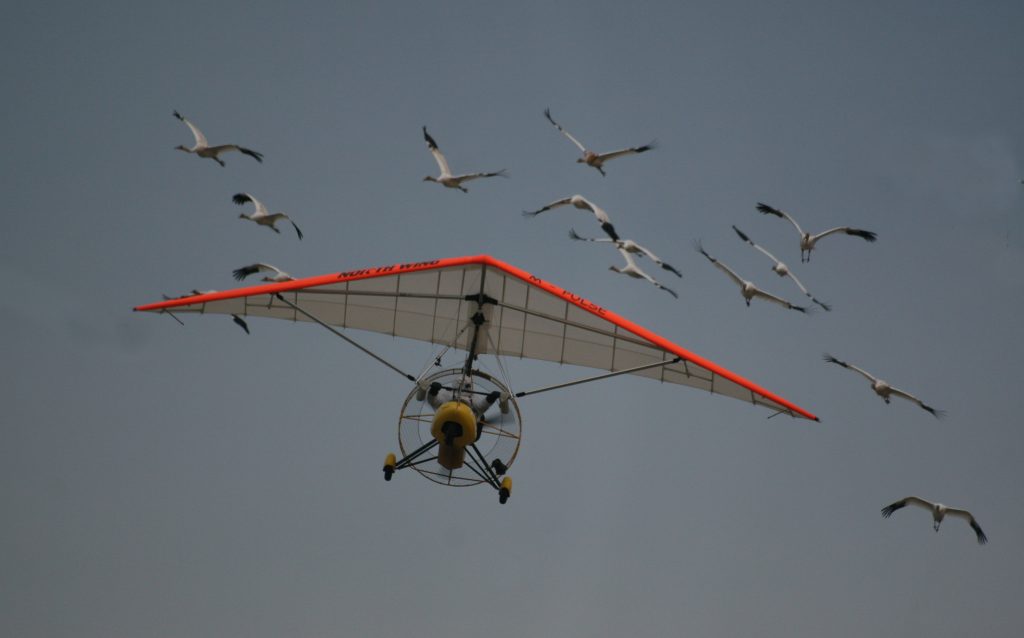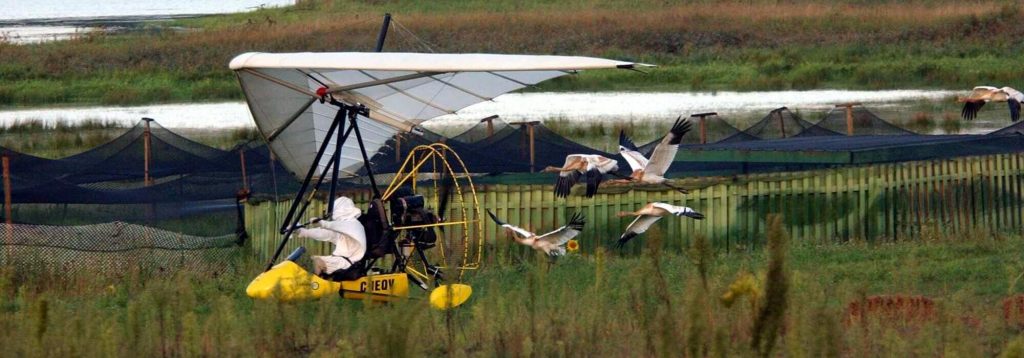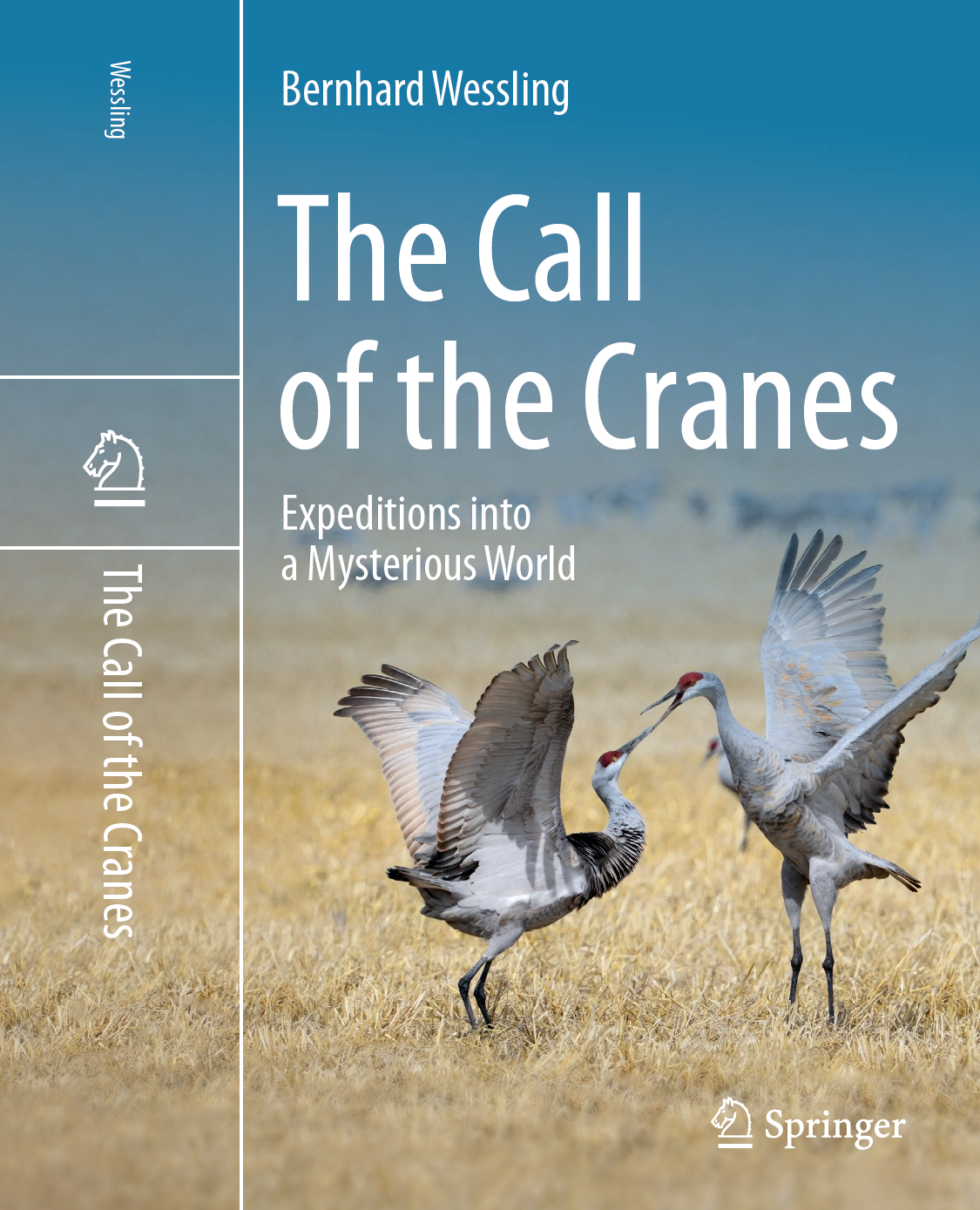The call of the cranes
expeditions into a mysterious world
How faithful are cranes to their partners really? Can cranes think? How did crane migration come about?
Cranes are enigmatic birds. Only very little is known about the behaviour of these graceful dancers. The renowned naturalist and crane expert Bernhard Wessling takes us on exciting and adventurous expeditions into their hidden world and gets to the bottom of the myths surrounding these birds of happiness. With the help of a specially developed bioacoustic method, Dr. Wessling studied Eurasian, Red-Crowned, Sandhill and Whooping Cranes, all in the wild. He has researched their intelligence, social dynamics and communication and engaged in their protection. Impressively illustrated and lively narrated, this book presents his findings on their individually unique lives and relationships, their ability to adapt and solve problems, and their emotions. His observations allow us to delve deeply into the cranes‘ way of life and consciousness, often demonstrating the surprising similarities between humans and animals. An amazing work about the spirit of discovery, humility and respect for nature in the tradition of Alexander von Humboldt.
About the author
Dr Bernhard Weßling is a chemist and entrepreneur. His main occupation has been chemical product and process development, including basic innovations. In addition, he conducted basic research in colloid chemistry and physics as well as non-equilibrium thermodynamics.
As a sideline, he is one of two managing partners of a large organic farm.
For decades, he has been actively involved in environmental, nature and species protection on a voluntary basis and conducted behavioural research on wild cranes for many years.

Content
Forewords by George Archibald and by Sy Montgomery
Preface (Bernhard Wessling)
Chapter 1 How it all began
Chapter 2 Crane knowledge compact: the myths and the facts
Chapter 3 Problem solving, ballet courtship and fox alarm: how do cranes communicate with each other?
Chapter 4 Arriving in the Brook after flying back from wintering grounds: alone or in groups?
Chapter 5 Breeding season: a tragic love story
Chapter 6 Ruffs, white-tailed eagles and other Brook visitors: what crane keepers can experience
Chapter 7 In the school of life
Chapter 8 Tracing the language of cranes: they call and thus tell about their lives
Chapter 9 Setting off into the wide world: Asian and American crane species are calling me
Chapter 10 Research adventure: eavesdropping on Manchurian cranes
at minus 25 degrees and guarded by border guards
Chapter 11 The adventure continues
With the wild Whooping Cranes
Chapter 12 We fly off: the hard way to the migration flight school
Chapter 13 What can we learn about intelligence, migratory behaviour, culture formation, tool use and self-awareness
in cranes?
Chapter 14 Can cranes think strategically? More astonishing observations
Chapter 15 Cranes are subjects. Plea for more humility and respect for nature.
Appendix
Illustrations: Maps and colour photos included in the text
Notes, literature and web links as footnotes

With his new bioacoustic method, the author contributed decisively to one of the world’s largest and most complex species recovery projects: Whooping cranes (the world’s most endangered crane species) raised and fledged in isolation were trained to follow ultralight aircraft and fly from Wisconsin to Florida in autumn to spend the winter. They became wild and not imprinted on humans because Dr. Wessling had developed an artificial communication using his recordings of various vocalisations of wild whooping cranes. The book also tells about this.
Book review (received by email)
Bernhard, I’ve just finished reading your book! I thoroughly enjoyed it, and learned a lot from it. Many parts help me to understand what we have begun to observe here in very small ways on the Somerset Levels – behaviour, calling, territorial boundaries, recognition of humans, etc.
I particularly appreciated the chapters on crane language and on crane intelligence/culture. It’s always seemed to me that scientists who believe that ‚most animals do not have a consciousness because they lack a memory that stores events‘ really need just to do something very simple, like keep a small parrot. Or possibly even a goldfish. And I laughed aloud when I read your statement that ‚if animals can do the same thing that we can, we consider them „intelligent“ in that respect. If they can do something that we cannot, it is considered „innate“.‘
Congratulations on a huge milestone – and thank you again!
Best wishes, Alison
The Indian field ornithology researcher Hareendra Baraiya sent a comment to this book (here: chapter 2),
saying, that also India has crane myths.
So he directed me to the myth around the origin of the epic poem „Ramayana“.
Article in the Indian Magazin „Conservation Times“
This online magazine published an article about „The Call of the Cranes“ (in the issue published in October 2022). It appeared also on their website. The magazine and the web site is run by the Tourism & Wildlife Society of India.


